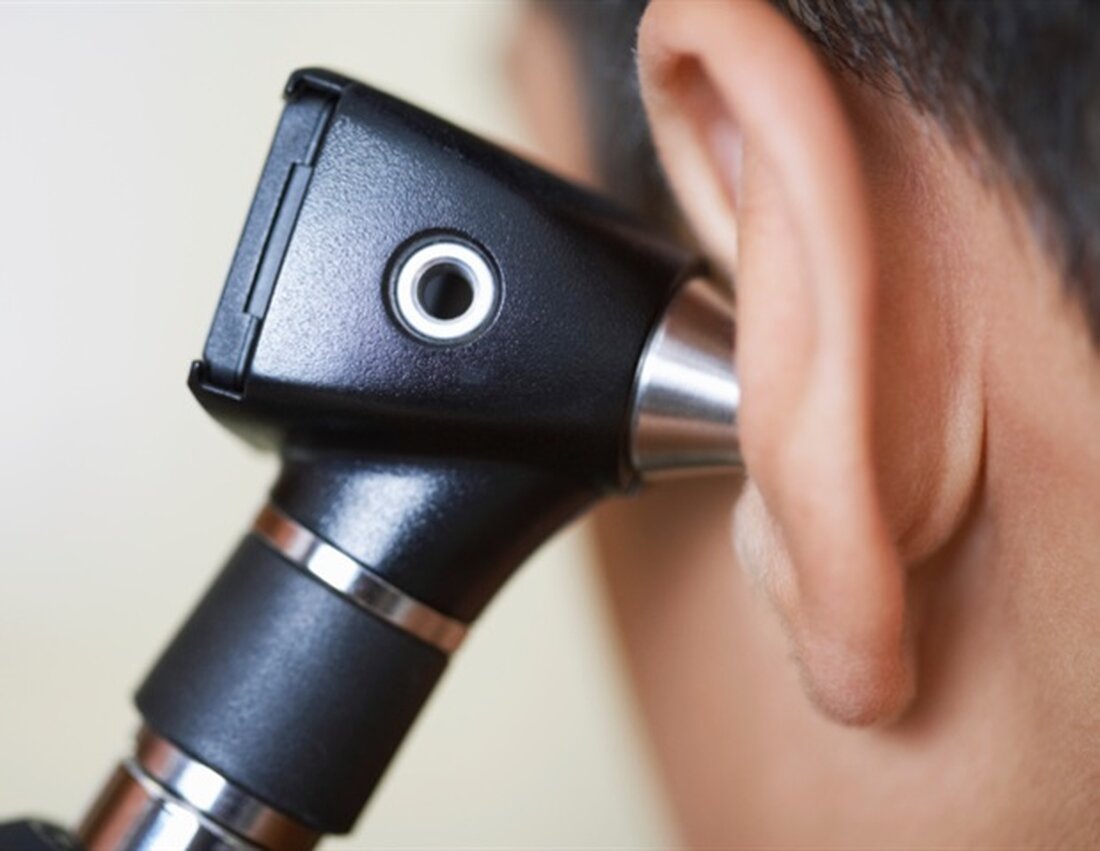New newborn hearing screening system uses a smartphone and low-cost earbuds
Newborns in the United States are screened for hearing loss. This test is important because it helps families better understand their child's health, but it is often inaccessible to children in other countries because the screening device is expensive. A team led by researchers at the University of Washington has developed a new hearing screening system that uses a smartphone and inexpensive earbuds instead. The team tested this device on 114 patients, including 52 babies up to 6 months old. The researchers also tested the device on pediatric patients with known hearing loss. Your tool worked just as well as...

New newborn hearing screening system uses a smartphone and low-cost earbuds
Newborns in the United States are screened for hearing loss. This test is important because it helps families better understand their child's health, but it is often inaccessible to children in other countries because the screening device is expensive.
A team led by researchers at the University of Washington has developed a new hearing screening system that uses a smartphone and inexpensive earbuds instead. The team tested this device on 114 patients, including 52 babies up to 6 months old. The researchers also tested the device on pediatric patients with known hearing loss. Their tool worked just as well as the commercial device and correctly identified all patients with hearing loss.
The team published these results on October 31 in Nature Biomedical Engineering.
There is enormous health inequality worldwide. I grew up in a country where there was no hearing screening, partly because the screening device itself is quite expensive. The project here is to leverage the ubiquity of mobile devices that people around the world already have -; Smartphones and $2 to $3 earbuds -; To make newborn hearing screening something that is accessible to everyone without sacrificing quality.”
Shyam Gollakota, senior author, UW professor in the Paul G. Allen School of Computer Science & Engineering
Because babies can't tell doctors whether they can hear a particular sound, these tests rely on the mechanics of the ear.
"When an external sound is played, hair cells in the inner ear move and vibrate. The result is a very quiet sound that our instruments can pick up," said co-author Dr. Randall Bly, an associate professor of otolaryngology and neck surgery at the UW School of Medicine who practices at Seattle Children's Hospital. “This screening is very sensitive, meaning patients who have hearing concerns will be referred to a specialist for a more thorough evaluation.”
For the test, doctors send two different sounds into the ear at the same time. Based on these sounds, the hair cells in the ear vibrate, producing a third sound that doctors pay attention to.
One reason the commercial device is expensive is that its speaker is designed to reproduce the two sounds without interference. The UW researchers found that they could use affordable earbuds -; where each earbud plays one of the two tones -; instead. The earplugs are connected to a microphone in a probe that can be placed in the patient's ear. The microphone records all sounds from the ear and sends them to a smartphone for processing.
“As you can imagine, these sounds coming from the ear are very quiet, and sometimes it is difficult to hear them in ambient noise or when the patient moves their head,” said lead author Justin Chan, a UW doctoral student at the Allen School. "We have developed algorithms on the phone that help us detect the signal even with all this background noise. These algorithms can run on any smartphone in real time and do not require the latest smartphone models."
The researchers tested their device at three hearing clinics in the Puget Sound area of Washington state. For each test, they tested four different frequencies, which is typical for this type of hearing screening. The participants' ages ranged from a few weeks to 20 years.
Now the team is working with collaborators to use this tool as part of a newborn hearing screening project in Kenya. The researchers teamed up with a group from UW's global health division, the University of Nairobi and the Kenyan Ministry of Health to create the Toward Universal Newborn and Early Childhood Hearing Screening in Kenya, or TUNE, project.
"Right now, this is a prototype that we have created. The next challenge is to really scale this up and then work with local experts in each country who are most familiar with the unique challenges in each situation," Chan said. "We have the opportunity to make a real impact on global health, particularly on newborn hearing. I find it quite satisfying to know that our research can help directly solve real problems."
Source:
Reference:
Chan, J., et al. (2022) A commercially available otoacoustic emission probe for hearing screening via a smartphone. Nature Biomedical Engineering. doi.org/10.1038/s41551-022-00947-6.
.

 Suche
Suche
 Mein Konto
Mein Konto
